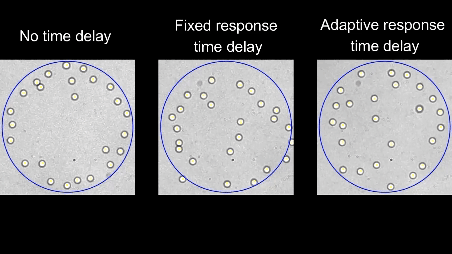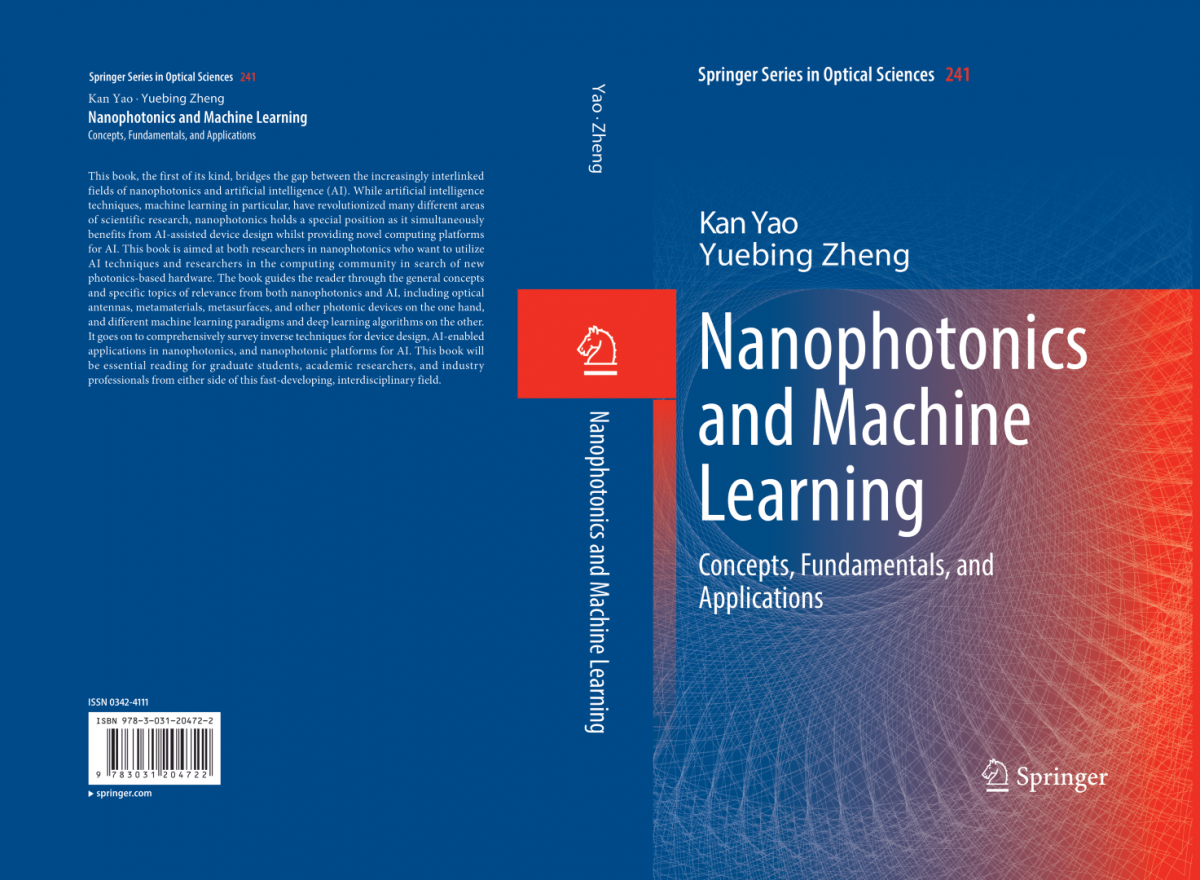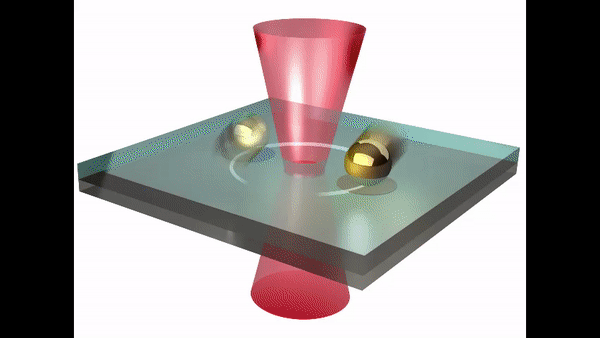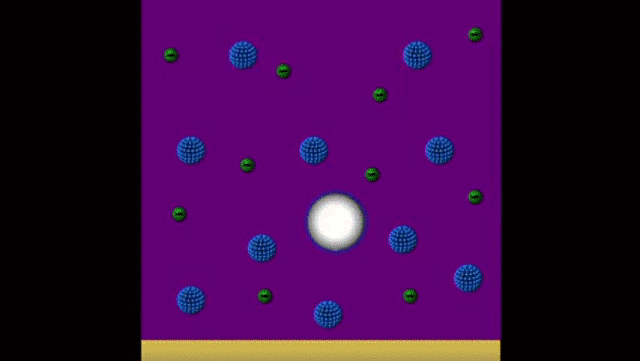Optical tweezers, a Noble-Prize-winning invention by Arthur Ashkin, are widely used for the remote manipulation and study of biological entities. We have advanced this technology by developing a series of optical manipulation techniques that overcome existing limitations. Our improvements offer expanded working modes, versatility across different environments, and the ability to target a diverse range of materials. Additionally, our techniques require less optical power, feature a simple optical setup, and are user-friendly. These innovations push the frontiers of knowledge in life sciences and nanoscience, enabling the development of nano-architected materials, lab-on-a-chip devices, and automation systems for applications in health, information technology, energy, and environmental sustainability.
-
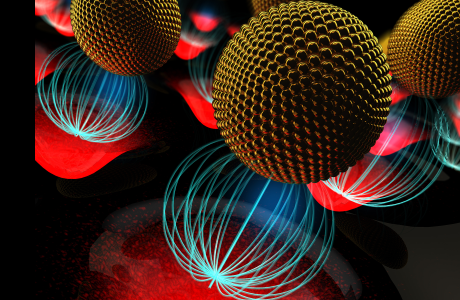
-
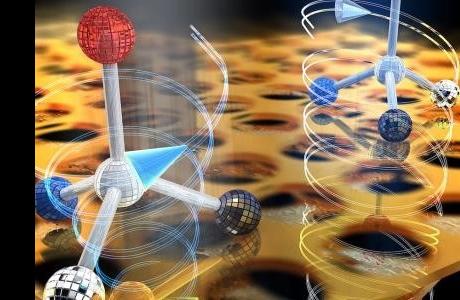
We leverage dual-faceted optical manipulation - manipulation by light and manipulation of light - in optical spectroscopy and microscopy to reveal biological structures and functions with high sensitivity, resolution, and speed. Standard optical microscopy, enhanced with optical rotation and machine learning, enables volumetric imaging and accurate classification of organisms. An adhesion frequency assay utilizing optical manipulation offers comprehensive profiling of cell-cell interactions. Chiroptical spectroscopy, combined with optical manipulation, allows for label-free ultrasensitive enantiodiscrimination of chiral molecules. These advancements push the boundaries of optical measurement, opening new avenues for life sciences, space life detection, pharmaceutical quality control, and disease diagnosis.
-

When discrete nanostructures are arranged into nano-architected materials such as metamaterials, they exhibit a plethora of novel optical phenomena, enabling unprecedented manipulation and utilization of light. We focus on creating these nano-architected materials to improve optical sensing, photochemical reactions, solar energy conversion, passive radiative cooling, optical computing, and quantum communication. Drawing inspiration from nature and employing machine learning techniques, we design nano-architected materials precisely customized for targeted applications. We develop advanced optical techniques to enable green manufacturing of these nano-architectures on demand and to measure their properties at both the single-nanostructure and ensemble levels.




